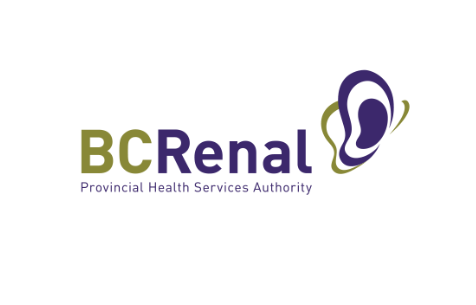Image: SMH Pharmacy team holding reams of paper they no longer use. Left to right: Brenda Wright, Clinical Pharmacy Technician; Alison Alleyne, PharmD, Clinical Coordinator SMH; Lisa Geddes, Clinical Pharmacy Technician.
At Surrey Memorial Hospital Pharmacy, it used to be that clinical monitoring forms and patient census reports were auto-printed every morning. Pharmacy technicians would have to continually monitor and fix paper jams, and clinical pharmacists accessed only about two-thirds of the printed paper.
The team worked with PHA Information Systems to create an electronic filing system so that rather than printing so much paper, forms and reports are now electronically compiled on a secure and accessible drive. Clinical pharmacists can choose to print individual patient forms or reports when intensive notes and follow-up are required.
This change saves about one thousand pieces of paper a day, which works out to saving just over a tree’s worth of paper each week.
Additional environmental and economic savings come with the reduction in printing: the pharmacy now uses less toner, produces a smaller amount of confidential paper that requires shredding and ultimately generates less paper recycling.
Changing a known process can be challenging, but the pharmacy’s clinical team saw the opportunity to reduce waste and decided to pursue it. In providing clinical pharmacy services, the team was having to print reports and then shred them only a few minutes later. They suspected that the process could be altered to instead download the reports and view them on screen. With the expertise of PHA-IS, they figured out this new process.
Since pharmacists covering different clinical areas would prefer to view different reports (the full monitoring report or the concise drug problems report), the team decided to download both reports, so that pharmacists could choose which to review based on their workload that day.
The process took a little over a month to implement and test. There were many days of some reports auto-downloading but not others, and some still printing or not printing at all. It took staff time to correct the issues each morning until the new system was refined.
Some pharmacists have resisted this initiative and continue to print reports. One reason for this is that the information may be needed during patient care interdisciplinary rounds to answer medication-related questions. To go truly paperless, these pharmacists may benefit from bringing a computer tablet to rounds so that they can refer to the data as needed.
How can other pharmacies go paperless? A clinical coordinator or pharmacy manager must bring the request for electronic filing to PHA-IS services.








